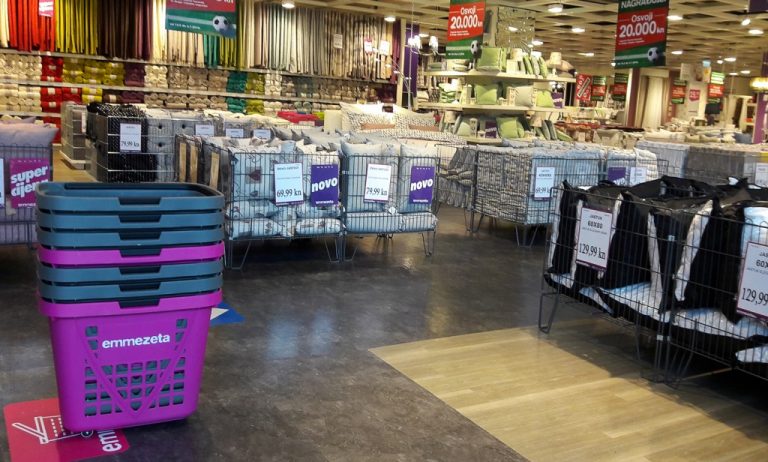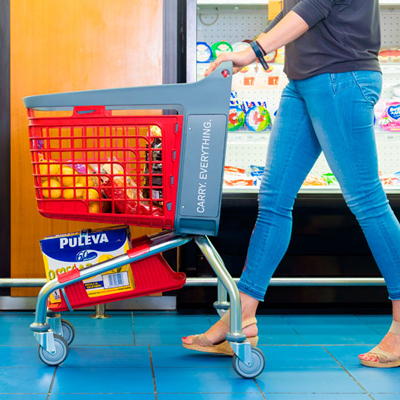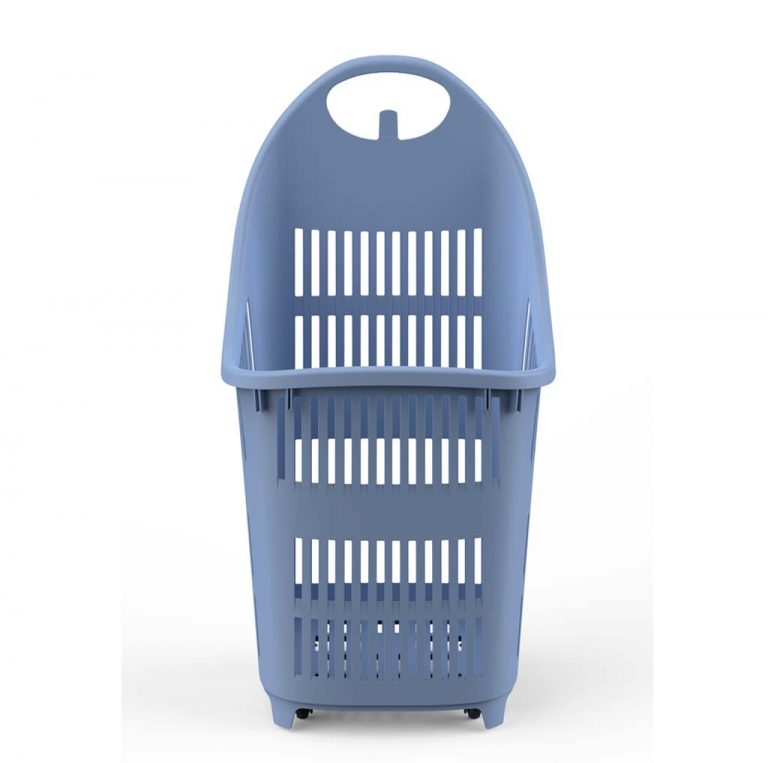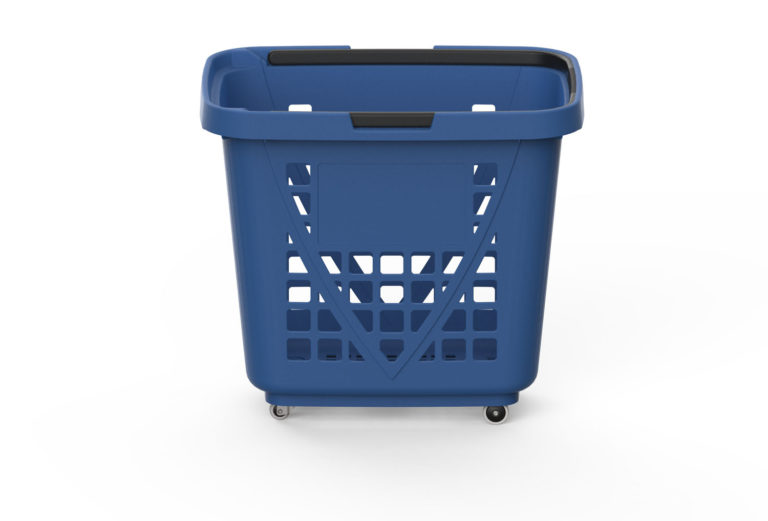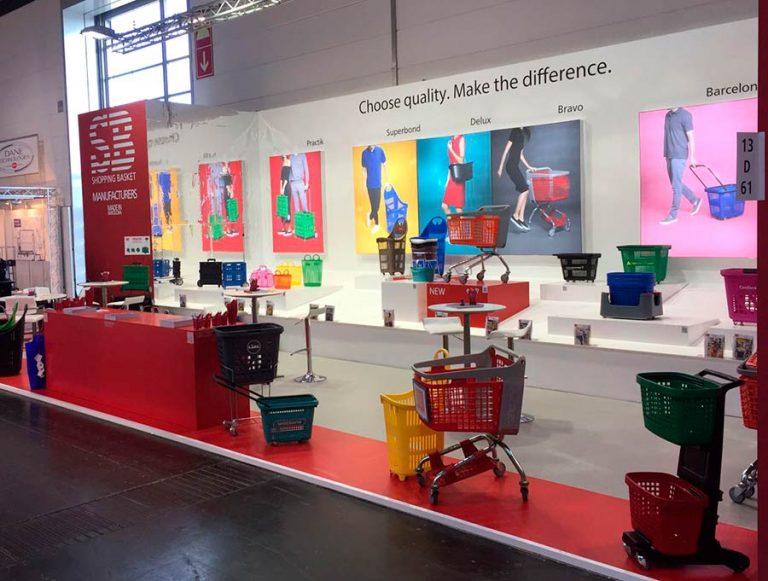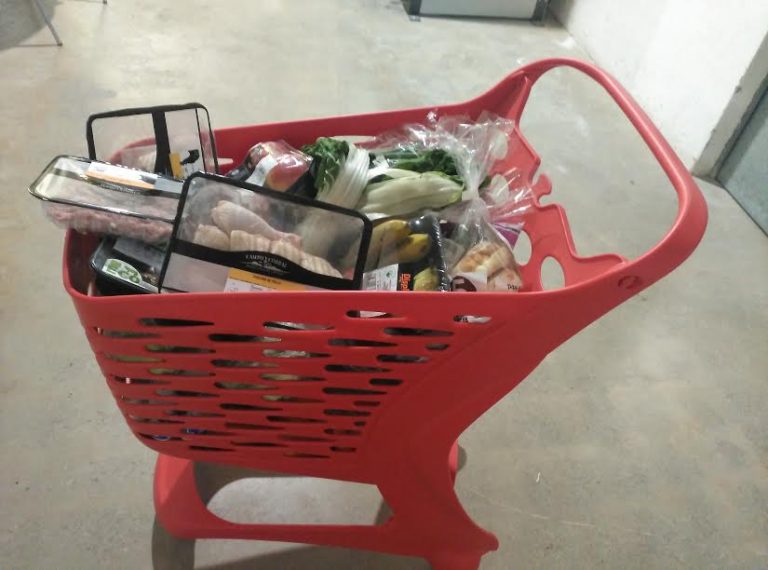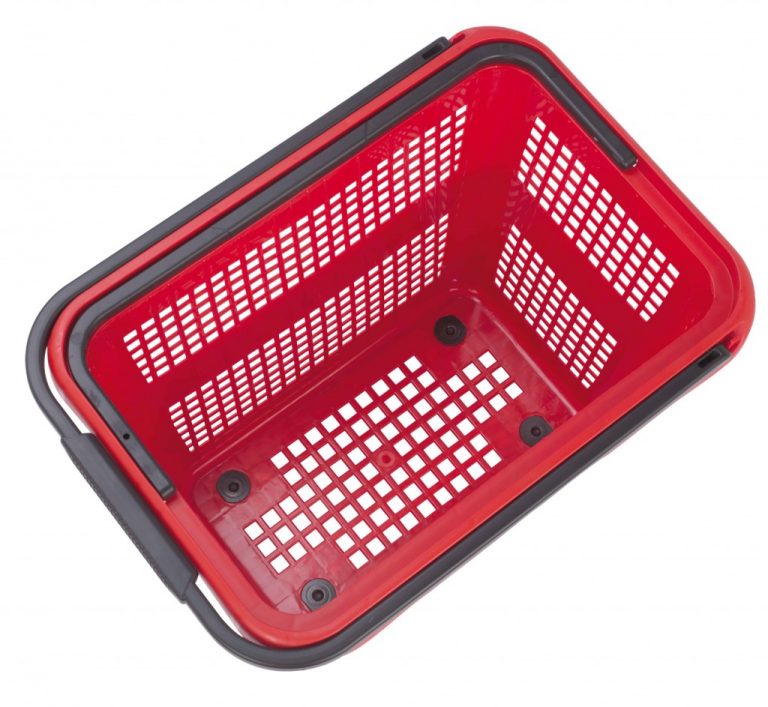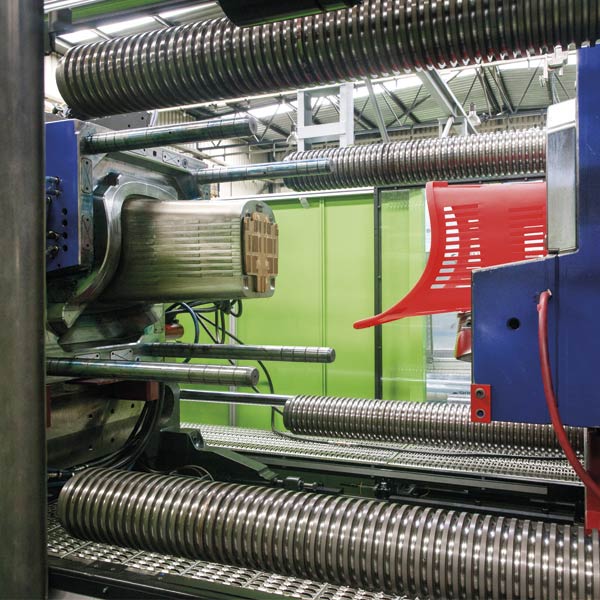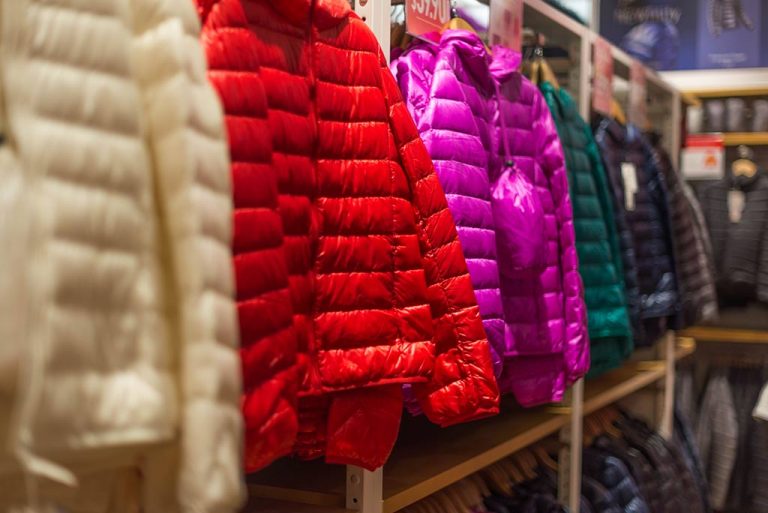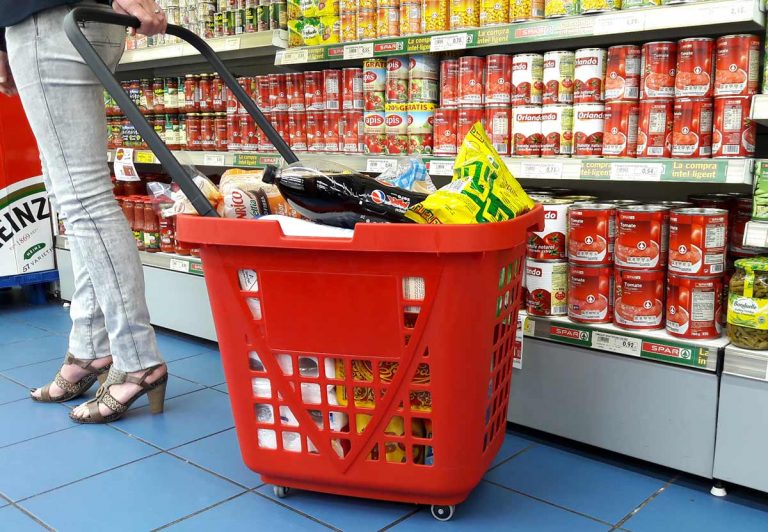Behind every well-run store is one pivotal figure keeping all the moving parts in sync: the Retail Manager. While shoppers may never see the full extent of their work, it’s this individual who makes sure operations are smooth, shelves stay stocked, and employees stay motivated—all while keeping a close eye on the bottom line.
In this piece from Shopping Basket, we break down six essential responsibilities every Retail Manager shoulders—and how each contributes directly to a store’s performance and long-term success.
1. Managing Inventory and Supply Flow
Let’s start with the obvious—but often underestimated—area: inventory. Get it wrong, and you’ll either have empty shelves or overflowing stockrooms. A capable Retail Manager ensures that neither happens.
Here’s how:
- Real-Time Tracking: Today’s inventory tools allow for minute-by-minute visibility, which Retail Managers rely on to know exactly what’s in stock—and what isn’t.
- Smart Forecasting: Using past sales data, seasonal trends, and local customer behaviors, they estimate demand and adjust inventory accordingly.
- Stock Level Balancing: Too much stock ties up cash; too little drives customers away. Striking the right balance is both an art and a science.
- Supplier Partnerships: Building solid relationships with vendors helps secure better terms and smoother deliveries—especially when demand suddenly spikes.

2. Building a Skilled, Motivated Team
If products are the heart of retail, staff are its soul. A good Retail Manager doesn’t just manage people—they coach, train, and inspire them.
- Hiring Strategically: It’s not just about experience; it’s about cultural fit, attitude, and adaptability.
- Training Continuously: Whether it’s onboarding or ongoing skills development, good managers invest in their team’s growth.
- Motivating Daily: Recognition, incentive programs, and simply listening go a long way in keeping morale high.
- Reviewing Honestly: Regular performance check-ins help identify gaps and recognize strengths—crucial for team development.
3. Executing an Effective Merchandising Strategy
Good merchandising isn’t about throwing products on shelves—it’s about telling a story and guiding the customer’s eye (and wallet).
- Smart Layout Design: High-margin items in high-traffic zones. Essentials placed just out of easy reach to encourage exploration.
- Compelling Displays: Seasonal themes, color coordination, and signage that speaks—these little details make a big difference.
- Adapting to Trends: Retail Managers need to be plugged into what’s popular now, not just what sold well last month.
- Measuring What Works: Did that new display boost sales? Did moving the promo section improve footfall? Smart managers analyze and adapt.
4. Analyzing Sales and Maximizing Revenue
Gut instinct might help in some decisions, but Retail Managers rely heavily on data to shape store strategy.
- Tracking KPIs: Daily, weekly, monthly sales figures aren’t just numbers—they’re signals.
- Margin Management: Not every best-seller is profitable. Managers analyze what sells and what pays.
- Customer Behavior Analysis: What do different segments buy, when, and why? This insight informs everything from product selection to promotions.
- Foot Traffic Metrics: Knowing when customers come in—and what they do once inside—can dramatically improve layout and staffing decisions.
5. Delivering a Memorable Customer Experience
Product aside, what truly keeps customers coming back is how they feel in your store. And that’s heavily influenced by the Retail Manager’s approach.
- Staff Preparedness: Well-trained employees can turn browsers into buyers—and complaints into loyalty opportunities.
- Feedback Loops: Encouraging and analyzing customer feedback helps tweak processes, improve service, and close experience gaps.
- Atmosphere Design: Lighting, layout, music, scent—yes, it all matters. Managers play a direct role in shaping the vibe.
- Customer Loyalty Initiatives: Whether it’s a formal program or just personalized service, good managers find ways to keep customers engaged beyond the first purchase.
6. Adopting and Leading with Technology
Retail’s evolving fast. Managers who fail to embrace tech quickly fall behind. Fortunately, great ones stay ahead of the curve.
- Modern POS Systems: Today’s point-of-sale tools do more than ring up items—they integrate with inventory, analytics, and even marketing tools.
- Analytics Dashboards: With the right software, managers can interpret customer behavior, identify bottlenecks, and make smarter, faster decisions.
- Omnichannel Integration: Bridging in-store and online isn’t optional anymore. Managers play a key role in ensuring both work in harmony.
- Automation Tools: From restocking alerts to shift scheduling, automating repetitive tasks frees up time for strategic thinking and customer interaction.

Final Thoughts: The Manager Is the Store’s Engine
In truth, the role of a Retail Manager is less about “managing” and more about orchestrating. They bring together people, products, processes, and data to create a store environment that’s both efficient and enjoyable.
When done right, their impact is visible everywhere—from employee energy to customer smiles, from stocked shelves to soaring sales charts.
Retail success doesn’t just happen. It’s driven—often quietly—by someone who’s juggling ten tasks, solving three problems, and still managing to greet a customer with a smile.


